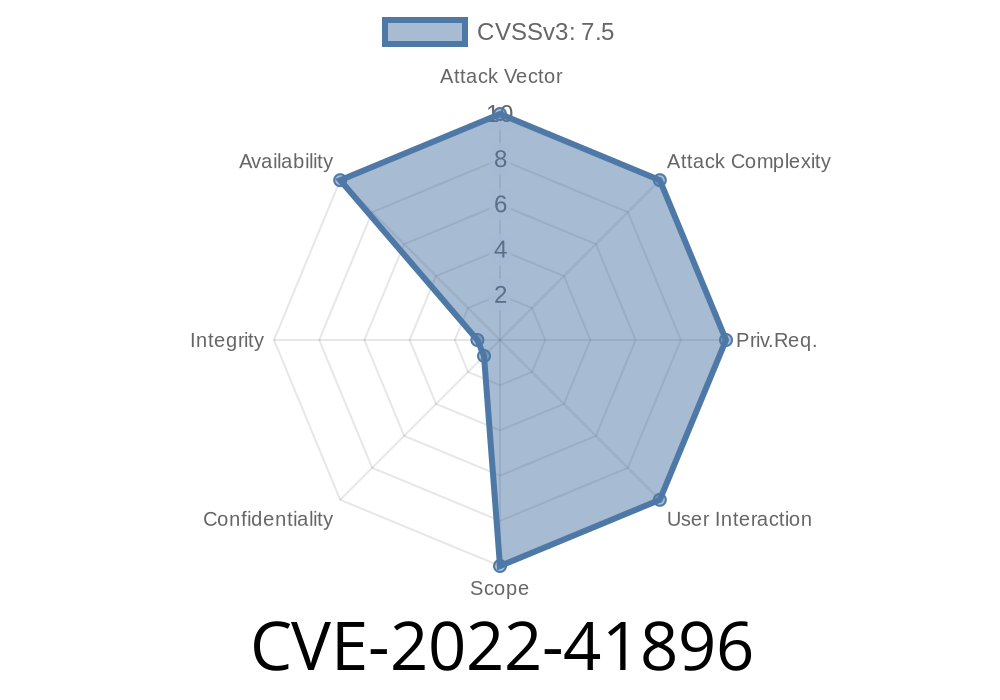Content: TensorFlow is an increasingly popular open-source software library that provides a range of tools for machine learning and artificial intelligence applications. However, a recent vulnerability has been discovered, which could lead to a crash of the TensorFlow library when handling certain input data. Specifically, the TensorFlow crash occurs when the ThreadUnsafeUnigramCandidateSampler class is given an input filterbank_channel_count value greater than the allowed maximum size. In this post, we will discuss the details of this vulnerability, share code snippets that demonstrate the issue, and provide information on the necessary patches and updates to mitigate the risk.
Exploit Details
The vulnerability in question lies within the TensorFlow class ThreadUnsafeUnigramCandidateSampler. When the filterbank_channel_count parameter is given a value greater than the maximum allowed size, the TensorFlow library crashes. The issue arises from improper input validation, which results in an incorrect memory allocation. This memory corruption can ultimately lead to denial of service (DoS) attacks, severely impacting the affected systems and applications.
The issue can be demonstrated with the following code snippet
import tensorflow as tf
# Vulnerable function in question
def dos_trigger(filterbank_channel_count):
unigram_sampler = tf.keras.preprocessing.sequence.ThreadUnsafeUnigramCandidateSampler(filterbank_channel_count)
# Trigger the crash
dos_trigger(9999999)
Mitigation
Fortunately, the TensorFlow developers have already patched this vulnerability in the latest commit (commit 39ec7eaf1428e90c37787e5b3fbd68ebd3c48860). The fix will be included in the upcoming TensorFlow 2.11 release. To ensure the security and stability of applications using the TensorFlow library, it is essential to update to this version as soon as it is available.
Moreover, the developers have also planned to include this critical patch in maintenance releases for TensorFlow versions still in the supported range, specifically TensorFlow 2.10.1, 2.9.3, and 2.8.4. It is highly recommended to keep your TensorFlow installations updated to the latest maintenance release of your current version to benefit from this input validation fix.
Original References
For more information on this vulnerability (CVE-2022-41896), you can refer to the following links.
- TensorFlow GitHub Repository: https://github.com/tensorflow/tensorflow
- Patch commit on GitHub: 39ec7eaf1428e90c37787e5b3fbd68ebd3c48860
- CVE-2022-41896 details: https://cve.mitre.org/cgi-bin/cvename.cgi?name=CVE-2022-41896
In conclusion, it is crucial to stay informed about potential vulnerabilities in tools like TensorFlow, as machine learning and AI applications are becoming more prevalent in various industries. By staying up-to-date with security patches and fixes, developers can ensure that their implementations remain secure and maintain continued functionality, even in the face of potential exploits. CVE-2022-41896 serves as an important reminder to always validate input data and exercise caution when working with open-source software.
Timeline
Published on: 11/18/2022 22:15:00 UTC
Last modified on: 07/10/2023 16:36:00 UTC
